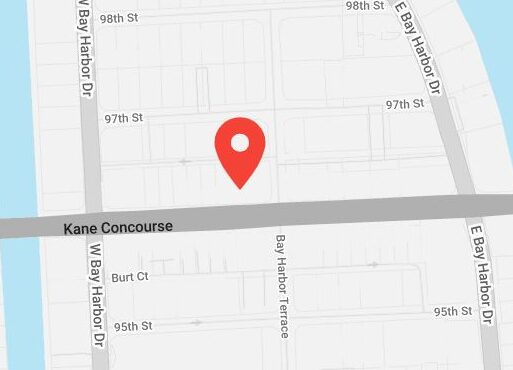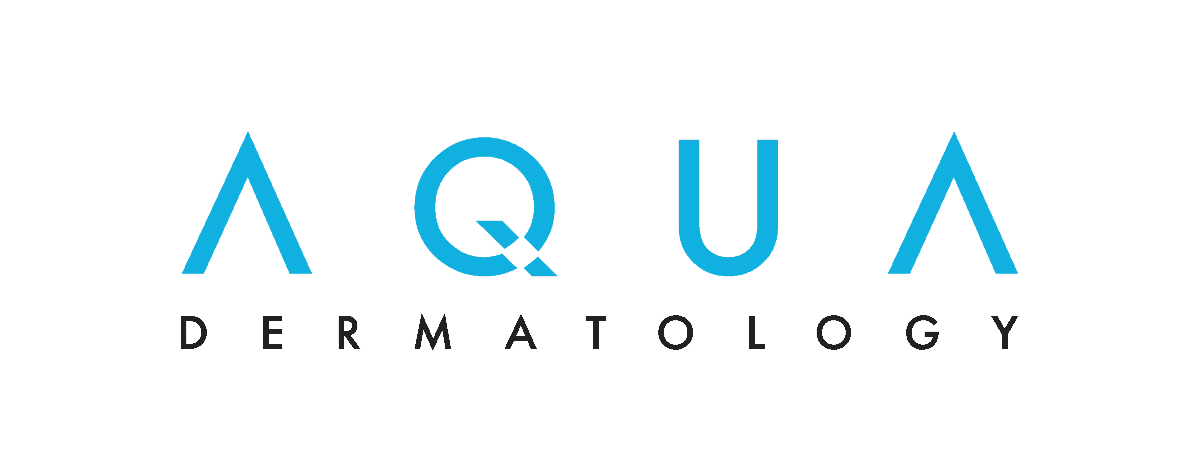 Laser resurfacing is popular choice for anti-aging for a number of reasons. It’s an effective treatment that can improve or resolve a number of issues, and help promote overall skin quality. However, there are some precautions patients need to take after the procedure to help ensure that the skin is protected and prevent potential complications. Resurfacing is often an intense procedure, and the skin needs a little TLC after the treatment to help promote good results.
Laser resurfacing is popular choice for anti-aging for a number of reasons. It’s an effective treatment that can improve or resolve a number of issues, and help promote overall skin quality. However, there are some precautions patients need to take after the procedure to help ensure that the skin is protected and prevent potential complications. Resurfacing is often an intense procedure, and the skin needs a little TLC after the treatment to help promote good results.
So what should you do to care for your skin after laser resurfacing? Read on.
Follow All Instructions
You will be given specific care instructions following your procedure, and these instructions will vary depending on the type of laser used and the depth of treatment. Make sure to follow these specific instructions, as they are tailored to your procedure and help promote healing and good results, while attempting to avoid complications.
Keep it Clean, but Don’t Over-wash
Gentle daily cleansing will be necessary to wash away dead skin and move the process along, but you should only use approved products, and don’t wash more often than directed—this can be irritating for the skin.
Moisturize
Your dermatologist will give you heavy-duty moisturizing products to keep the skin safe as it heals. Be sure to keep reapplying the products as needed and according to doctor instructions.
Don’t Touch
One of the main principles of recovery from skin treatments is to leave your skin alone as much as possible. Picking or otherwise touching the wounds will only exacerbate any problems and may create others. Let your skin heal in peace—it just takes time.
Protect
One of the most vital directions to follow after skin resurfacing is protection from the sun. Initially, of course, you will be indoors while the skin heals, but once peeling has completed, you will probably be venturing out into the harsh rays of the sun. The new skin will be especially vulnerable to sun damage, and sunscreen (every day, no matter what the weather is like) is essential for preventing complications like hyperpigmentation (darkening of the skin) and maintaining results of the procedure.
Wait to Cover Up
You may be shocked by how bad your skin looks immediately after the treatment, but be patient. Your skin will get worse before it gets better—the body needs time to bring in new skin after the destruction of the damaged layer, and you need to give it a chance to complete this healing process in peace. This is why you will need to wait until peeling has completed before using makeup as a cover-up.
Rest Up
Especially during the initial days of recovery, rest is an essential part of the healing process. You will probably feel quite uncomfortable, particularly if the procedure was extensive, so resting up and taking your medication as needed is necessary for your comfort and results. Elevating your head and using ice during the first few days after treatment can help ease swelling and make recovery more comfortable.
Eat Well & Hydrate
A healthy diet goes a long way in nourishing skin and helping you to heal faster. Be sure you have access to quality, heathy fare during your recovery, and drink plenty of water as well.
Choosing a Dermatologist
When it comes to laser skin resurfacing, you want to choose a knowledgeable dermatologist to perform your procedure. Your results will depend on a combination of your provider’s skill and the quality of care you give your skin following treatments, so it is in your best interests to do extensive research and be cautious in choosing a board certified dermatologist to help you.
Dr. Diane Walder is a well-known cosmetic dermatologist, acclaimed for her knowledge in skincare and her ability to help patients get terrific anti-aging results from a variety of treatments. If you would like to discuss your options for skin rejuvenation with Dr. Walder, call 305-866-2177 to schedule your appointment.



